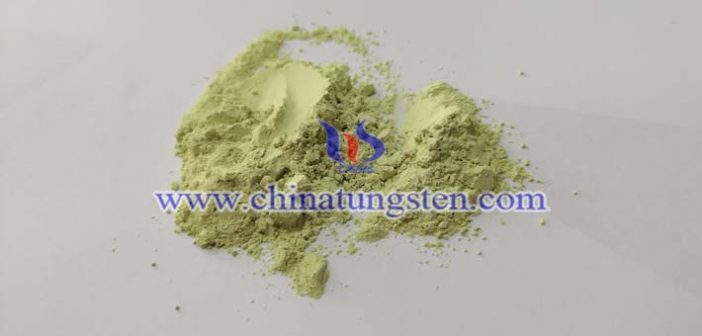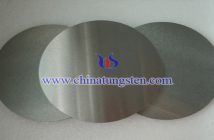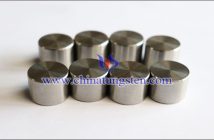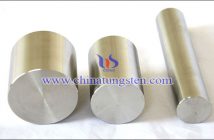Porous tungsten oxide is expected to be applied for hydrogen sorption. Wherein, tungsten oxide composed mainly of WO3 can be synthesized by inert gas condensation method using He. It has been reported that some researchers have studied the H2 uptake performance at room temperature of porous tungsten oxide nanomaterials with and without a catalytic Pd coating by the quartz crystal microbalance technique.
More details, please visit:
http://tungsten-oxide.com/index.html
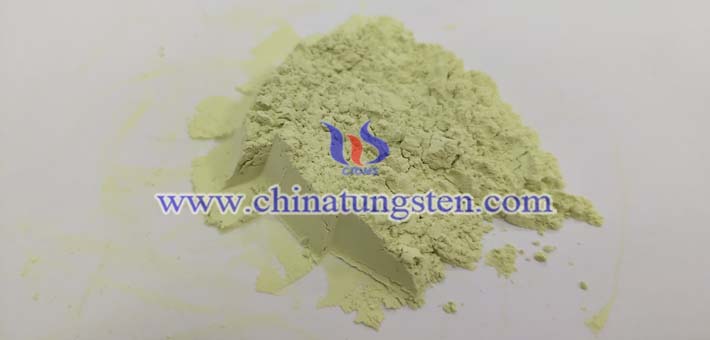
It was found that the samples consisted of semi-amorphous nanomaterials of low crystallinity and high porosity. The H2 uptake capacity of the porous tungsten oxide was studied under increasing H2 exposure pressures (1000–7000Pa), with and without Pd coating. After reaching a maximum value of 1.2 wt.% H2, at 1160Pa, the H2 uptake capacity of the Pd-coated oxide consistently decreased. Successive hydrogenation cycles were carried out on the Pd-coated oxide at 3300 Pa and 6000 Pa to evaluate the H2 uptake performance of the sample under this H2 loading and unloading process. It was found that the H2 uptake capacity decreased from around 1 to values below 0.53 wt.% H2, which is the reference H2 storage capacity achieved by a 15nm-thick Pd film. We argued that water molecule formation in the Pd/oxide interface and sublayers negatively affects the H2 uptake capacity of the oxide under successive hydrogenation cycles at room temperature.

